Ice Fishing: Things You Should Know and Prepare For
Use these key tips to get your ice fishing in prime condition to catch some walleye, pike, and more!
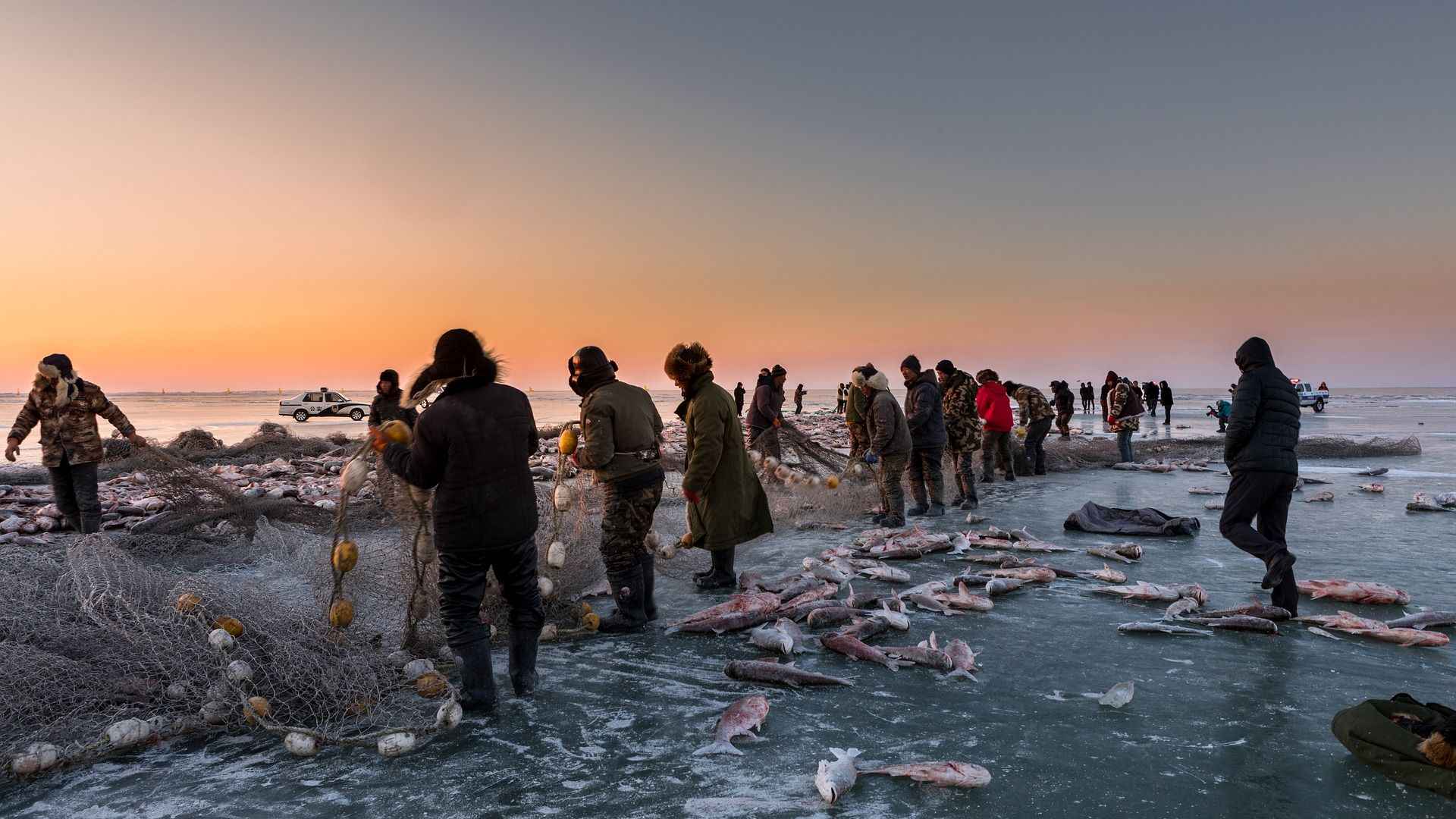
The chill is still in the air and there’s no better time to go ice fishing. Ice fishing is an activity that both new and old anglers enjoy as it is a fun, exciting, and relatively cheap way to fish this season. But before you get your rod and winter clothes, there are some pointers that you need to remember and take note of before, during, and after you do ice fishing. In this short article, we at Guidesly will provide you with these pointers so that you won’t have cold feet when you go out in the frozen waters.
Every angler should know and do before going ice fishing is to ensure that they are fully prepared and knowledgeable about the safety precautions when doing ice fishing. Ice fishing may sound simple at first but if you are not careful or you don’t know what you’re doing, you and others could get hurt.
Measuring the thickness of the ice
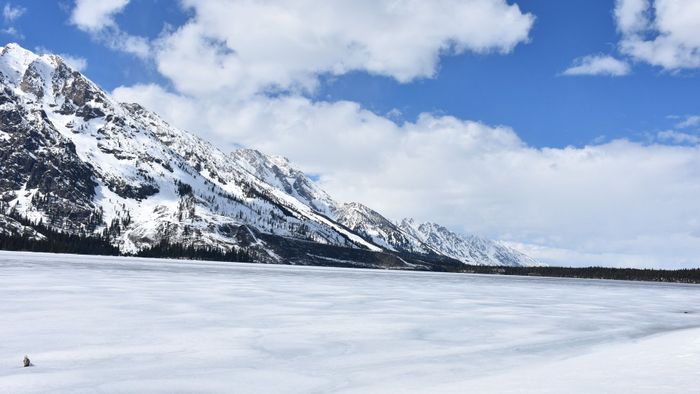
Ice fishing is all about fishing on a (hopefully) stable frozen body of water after all. So if you fool around you could find yourself taking an unexpected swim in freezing waters, or catching hypothermia at worst.

You need to ensure that the ice you are standing on is stable and solid enough to carry your weight as well as the hole you’re going to make on it. While conversing with the other anglers is very helpful, you should still take time to measure the ice yourself just to be safe. Use your Ice Auger or an ice spud to measure how thick the ice is and see if it can support you. The rule is that ice that is around 2-4 inches thick can properly support a man, 6 inches is needed to support sleds, 7-12 inches can support a light car, while 14-16 inches can support a truck. Still, just to be on the safe side, avoid bringing heavier objects with you unless necessary, and make your holes on the thicker ice as the water’s thickness may not be spread uniformly.
Acquiring proper ice fishing clothes
This may sound like common sense, but wearing the proper ice fishing equipment can mean the difference between an enjoyable fishing experience or a cold, miserable one. Back in the old days, anglers used to wear multi-layered clothes that could keep the cold out while they’re fishing. Today’s anglers are not so different, only they can choose from better materials than the previous generations did. Some anglers like to play safe and purchase a full ice fishing suit made of gore-tex garments as an outer shell that is both breathable and water-resistant. Complement this with a base layer made of polyester to keep the sweat away from your body as well as a middle layer made of synthetic fabrics to keep you warm, and finally the third layer of clothing to properly insulate and keep your body heat. Although heavy and cumbersome, these clothes will ensure that you won’t feel cold while fishing.
Find out how to dress for ice fishing here.
Don't forget your ice cleats, ice auger, ice shanty
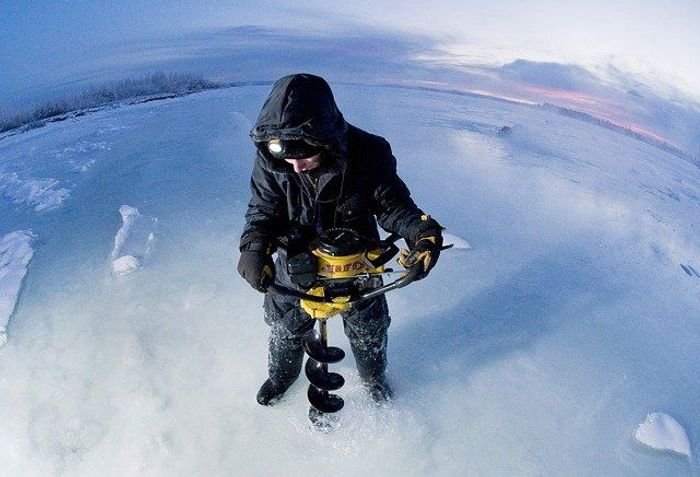
Now that you have your clothes ready, you should get ice cleats on your boots to allow you to have better traction while on the ice. Ensure that your boots are well insulated and wear socks of the same fabric as your winter clothes. Don’t forget to bring an ice spud to check whether or not the ice you are trekking on is safe or not, as well as a life vest in case you find yourself in the water. Another tool that you can bring with you is a whistle that you can use if you find yourself in trouble.

A piece of equipment that you should never forget when going ice fishing is your Ice Auger. An Ice Auger is a device that looks like a screw that is used to boreholes in the ice. Without this, you won’t have any means to safely make a fishing hole so don’t forget this! Augers come in either manually operated or motor operated and which one to buy generally falls to your preferences and the thickness of the ice on where you’re going to fish. Powered Augers are preferred when the ice is thick and boring it with a manually operated one is too time-consuming.
Another piece of equipment that you might like to get is an ice shanty. Ice shanties are portable shelters that anglers use when they wish to ice fish for a long time without the threat of freezing. These structures vary in size, construction, and even the amenities afforded to their owners. Some are capable of being disassembled and moved around, while others are more static and built on the spot and then disassembled when unneeded. These structures are usually made of insulating materials and could even store equipment if large enough. Do be careful on setting them up though, as you need to ensure that the ice is thick enough to hold it.
The Fish Finder, an essential tool
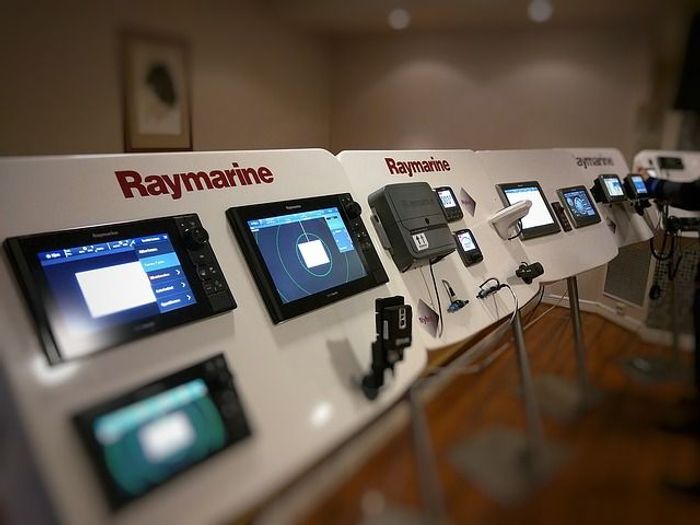
Once you have your equipment ready, now’s the time to find where the best fishing spots are. In this problem, a fish finder is every angler’s best friend. This device allows you to scan the bottom of the ice to see what’s beneath it, a sort of fish radar if you will. Fish finders are an essential tool that allows anglers to find the best spot to fish without poking too many holes in the ice and hoping they get lucky. Aside from this, it helps to know where fish are located in general, so that you won’t have to spend all day trying to find them.
Fish during the winter stick to deeper water to remain warm, so it is advised to go to the basin or the steepest shoreline in the area to look for fish. Use your fish finder to further assist you on where to make your fishing hole so that you won’t be wasting too much time once you’ve located the fish. Fish finders provide anglers with a picture of what is beneath the surface of the ice, thus making it easier to know where to set yourself up to catch the most bites.
Once you’ve found your spot, it’s time to start making your hole. The hole must be around 8 to 10 inches wide so that the fish are easier to pull out of the ice yet safe enough not to sink a man if he/she accidentally steps on it. Use an Ice Auger, powered or manually operated, for this task. You can also use an ice skimmer to further clean out your hole and fix any imperfections. Ice skimmers allow anglers to make smaller holes to measure the ice’s thickness or to just make a hole for catching small fish. Once you’ve finished fishing in the hole you’ve made, don’t forget to mark it so that others will know that you’ve made a hole there.
Learning the right techniques
With your hole done, now’s the time to learn how to catch fish on the ice. Ice fishing can be done in several ways. The first method is using a fishing rod. The recommended method of fishing via rod is by jigging the bait lightly with your rod to attract fish. Most ice fishing rods are small and simple that there are anglers who use repurposed equipment such as broken rods, shovel handles, or even hockey sticks for this purpose. Of course, if you want to use a dedicated fishing rod, nobody’s stopping you, and there are several available for those who wish to buy them.
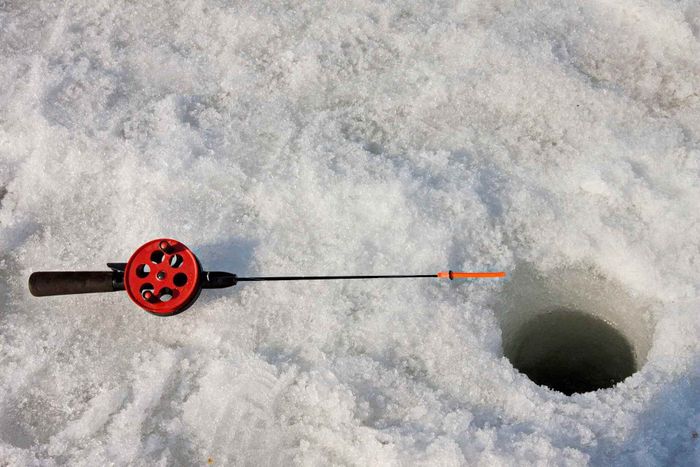
Another method is using traps to catch fish. This is done using devices called tip-ups, these are devices that suspend bait within a certain depth and wait for fish to bite them and when they do, the trap will trigger a small flag that alerts the angler of the bite. Then all it takes is for him/her to reel the fish out of the water. Tip-ups are readily available in most sporting stores, but if you want to save some money you can make your tip-ups as well. The baits that you use when you’re
For those who wish for a more extreme form of ice fishing, you can do spearfishing or simply clubbing the fish. Spearfishing requires you to have a lot of chum at hand as well as a patient, steady hand as you will be catching fish via a multi-pronged spear along the water’s surface. Clubbing, on the other hand, is a more primitive method of fishing that is done by standing on a clear patch of ice in shallow waters waiting for a fish to appear. When one does, you club the ice with full force, thereby stunning your target. Once stunned, you drill into the surface to get your catch.
Preparing the right bait and lure
There are several baits and lures specifically designed for ice fishing that could be purchased as well to help you get more bites. Examples of these baits include the Rapala Jigging Raps, Lindy Tungsten Ice Worm Jigs, and Bay De Noc Lure Co. Swedish Pimples. Since most fish aren’t that active during the winter, most of these baits are designed to mimic the look and scent of dying, wounded or stunned fish. These baits simulate easy prey for the fish who will then try to bite it, allowing you to easily catch them. There are plastic versions of live baits such as minnows and maggots that can be purchased if you don’t like to use the real versions.
Still, there is no better bait than live bait after all. If you want to fish with them you need a proper container for them, as live bait tend to not last on sub-zero temperatures. Choose a container that allows you to store live bait without exposing them to the elements so that they won’t die easily.
Fishing On The Ice Can Be Very Nice
Ice fishing is a fun way to catch fish during the winter, but we must not get too excited that we forget basic safety precautions when going ice fishing. Always remember that no fish is ever worth the risk of getting sick or injured if avoidable, so knowing and taking all the necessary precautions is well worth the effort to do so. Not only do you protect yourself, but you protect others as well. Once you get these settled, you can begin ice fishing with confidence.



